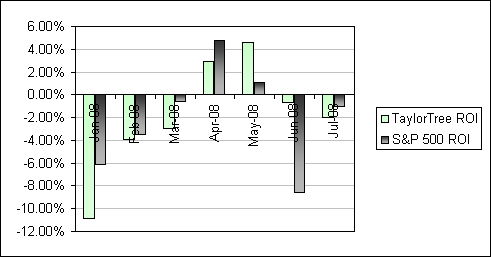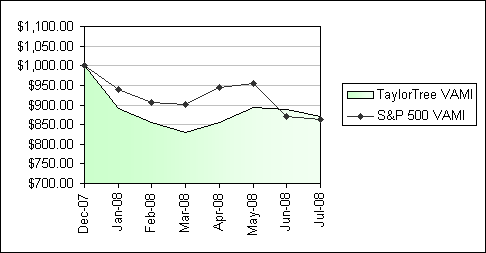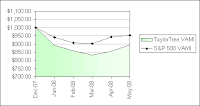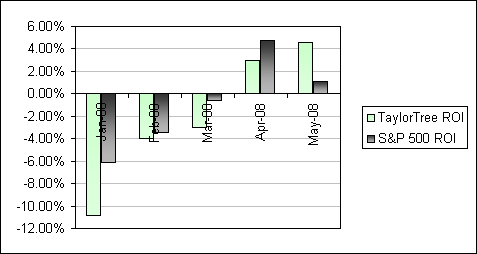July ended with a surgery for yours truly. I had my gallbladder removed. I had a rough few days of recovery but starting to feel normal again.
I had a set back this month in regard to the testing platform. The redesign has severely extended the simulation runtime. So, I've spent much of my time finding the bottlenecks of the code and determining the optimal solutions. Very thankful python has such great profiling tools at the ready.
You know, performance tuning code is sure a lesson in humility. All my years of programming...I feel I should have a good handle on the slow areas of my code. It only takes a profiling report to show how wrong I am.
Very similar to trading the market. Trading decisions are based on our experience. Where we think the money-making opportunities are. Only takes a simple backtest to showcase how wrong we are.
And with that...some charts for the month of July...


Not a whole lot of movement in the portfolio occurred the month of July. Just another month of sitting and waiting. Letting the system do what it does best...waiting for the market's next move.
Later trades,
MT
I had a set back this month in regard to the testing platform. The redesign has severely extended the simulation runtime. So, I've spent much of my time finding the bottlenecks of the code and determining the optimal solutions. Very thankful python has such great profiling tools at the ready.
You know, performance tuning code is sure a lesson in humility. All my years of programming...I feel I should have a good handle on the slow areas of my code. It only takes a profiling report to show how wrong I am.
Very similar to trading the market. Trading decisions are based on our experience. Where we think the money-making opportunities are. Only takes a simple backtest to showcase how wrong we are.
And with that...some charts for the month of July...


Not a whole lot of movement in the portfolio occurred the month of July. Just another month of sitting and waiting. Letting the system do what it does best...waiting for the market's next move.
Later trades,
MT









